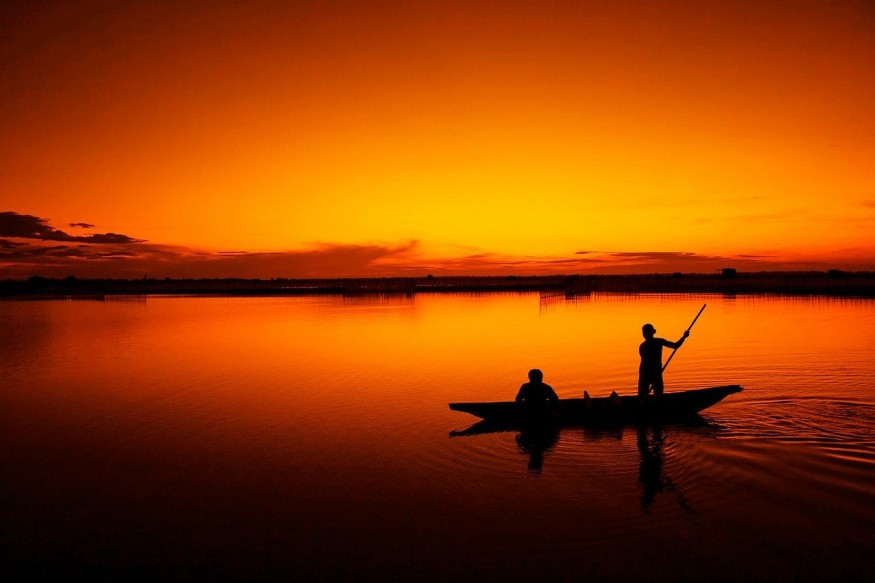
Vietnam has a wide range of interesting destinations and is commonly the country where you spend the most time traveling through Southeast Asia. Here's what to do in Vietnam.
During a season in the country, you will get to know its enduring history, its authentic cuisine, its imposing mountains, its imperial architectural heritage, its frantic metropolis. Although it was largely taken over by mass tourism, there are still escape zones to get to know the country without so many people invading your photo. Best of all, Vietnam is by far the cheapest country in the region, food plate for $ 3, hostel for $ 3, hotel for $ 15. This fact is the reason why Vietnam package tours are very popular in recent years.
What to do in Vietnam: How to get around Vietnam
The best way to get around Vietnam is by bus. Almost all Vietnamese (especially nightly) coaches have the "seat bed" scheme, which allows you to go completely flat on the whole trip (in time: the bed is Asian size, ie if you have more than 1, 75 meters may not be super comfortable). These buses are operated by travel agencies, which means you don't have to go to the bus station, just close the scheme at your hotel (absolutely everyone does), and a car or tuk-tuk picks you up there. For longer distances, Vietnam Airlines operates flights between major cities. Prices do not fluctuate much, leaving to buy flights on time is very ok.
Colonization
Vietnam has lived under the control of China for a thousand years, which explains the influences you will see on architecture and the temples dedicated to Confucianism. It was later subjected to French colonization, which brought in coffee (now widely grown in the country), stuffed baguettes (which they call banh mi), Latin characters for the language (which replaced the Chinese), some French buildings and a host of problems. Political and economic trends that continue to this day, despite the country having had robust growth in recent years.
Religion
Unlike fervent Buddhist neighboring countries, 80% of the population declares themselves to be without religion (8% are Buddhists, 7% Catholics). After the war ended in 1975, the communist government severely restricted religious freedom, as most religious leaders once opposed the communist revolution. Christians, in particular, were viewed as instruments of foreign oppression, while members of some local religions, such as Cao Dai, were targeted for providing soldiers to fight the communists. Today religious organizations need to be registered with the government in order to exist and still violent state interventions are carried out.
Motorcycle
They are the most widely used means of locomotion in the country - which explains the huge amount of machine shops (x and may). It is very common for tourists to buy motorcycles in Hanoi to drive to Ho Chi Minh City (or north towards Ha Giang), just enter the hostels and you will see a lot of ads starting at $ 200.
Pho
It is Vietnam's national dish, at least informally, offered to exhaustion through the streets of every country. It's a soup made with rice noodles, bean sprouts, ginger, coriander fish sauce and chives. Pepper helps to intensify the taste (I think I get a little dull without it). Chicken and meat are also usually added.
Language
Vietnamese, even though most of them speak ok English to sell you things and host you (but not to chat). Nice to learn to say at least xin chao (hello) and here on (thank you).
Money
The local currency is the dong ($ 1 = 22,000 dong). There are several exchange offices around the city, and it's easy to withdraw money from ATMs. You can live and stay for $ 25 a day staying in a hostel and $ 35 in a simple hotel. To stay in better hotels, eat in more upscale restaurants and take guided tours consider $ 50.
There are still a few other things to know about Vietnam, but understanding the points above is your first step to getting to know this country.
© 2025 NatureWorldNews.com All rights reserved. Do not reproduce without permission.





